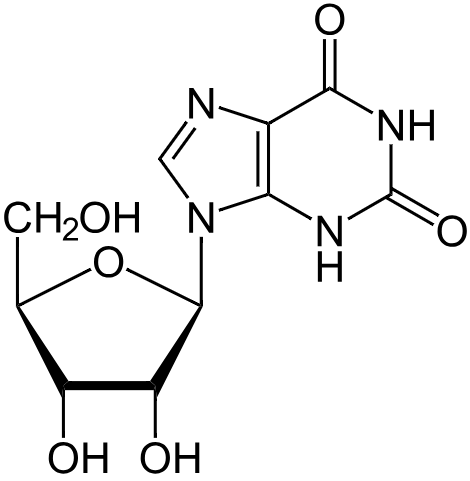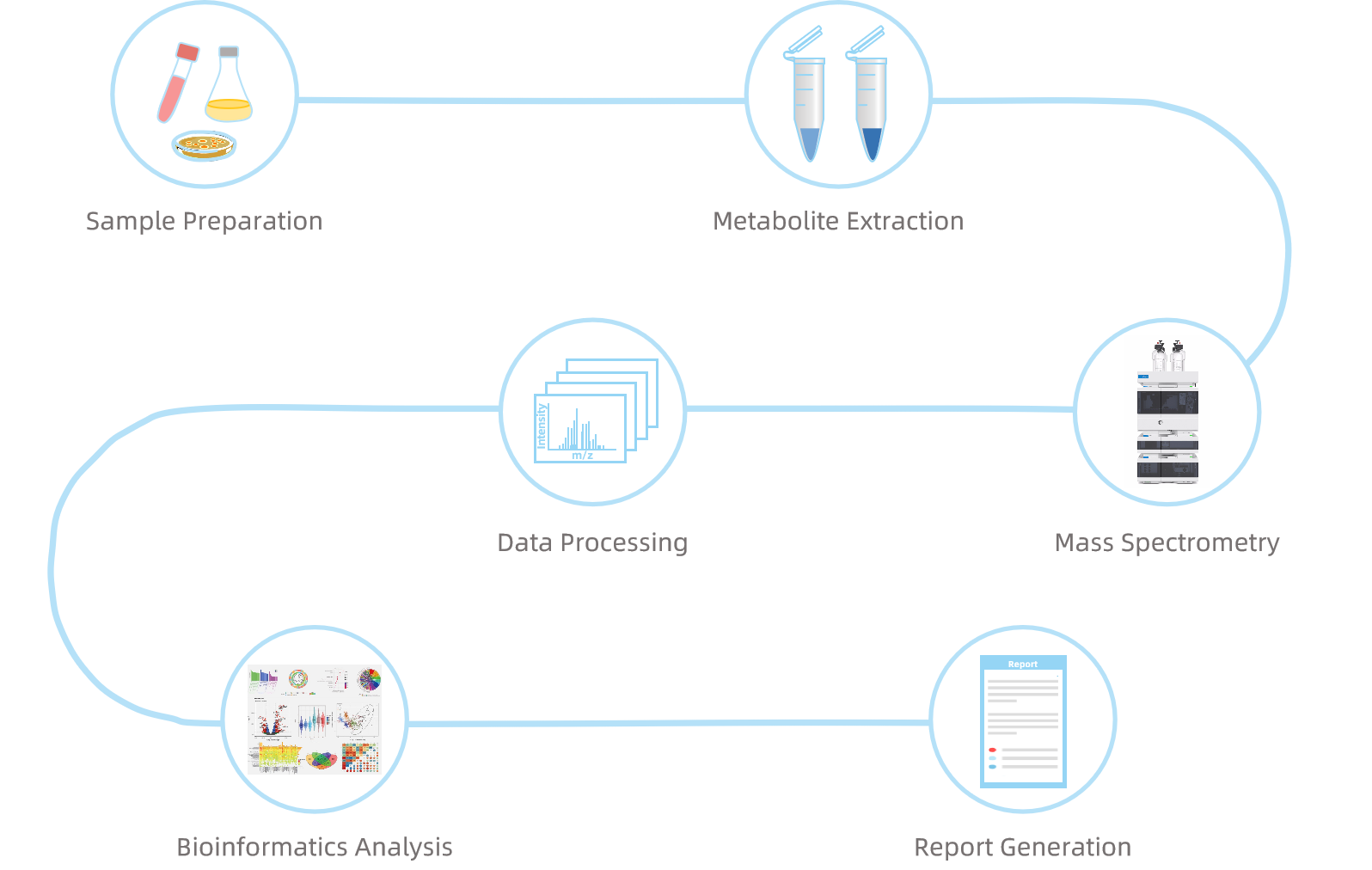Xanthosine Analysis Service
- Extensive experience in various biological sample preparation techniques
- Professional standard operating procedure
- State-of-the-art facilities and equipment for precise analysis
- Expert team with extensive experience in metabolomics
- Comprehensive data analysis
- Excellent customer service and after-service support
- Biomarker discovery
- Metabolic pathway analysis
- Disease diagnosis and therapeutic monitoring
- Animal tissue ≥ 100 mg
- Plant tissue ≥ 200 mg
- Serum/ Plasma ≥ 200 μL
- Urine ≥ 2 mL
Xanthosine is a purine nucleoside composed of the base xanthine linked to a ribose sugar. While it is not one of the four standard nucleosides found in DNA or RNA, xanthosine plays an essential role as an intermediate in the purine degradation pathway. It is involved in the conversion of inosine monophosphate (IMP) to guanosine monophosphate via xanthosine monophosphate (XMP). This biochemical pathway is critical for nucleotide biosynthesis and overall nucleotide homeostasis, ensuring proper cellular function and energy regulation.
In addition to its role in nucleotide metabolism, xanthosine has attracted scientific attention due to its potential biological effects in various physiological processes. Research suggests that xanthosine may play a role in stem cell differentiation and regeneration. Studies on its effects on mammary gland development in animals have pointed to xanthosine's potential influence on tissue regeneration and stem cell expansion, providing new avenues for regenerative medicine research.
Xanthosine also serves as a biomarker for certain pathological conditions. Elevated levels of xanthosine or its derivatives in biological samples can be indicative of disruptions in purine metabolism, which may be linked to disorders such as gout, kidney dysfunction, or certain types of cancer. As purine metabolism is crucial for maintaining cellular nucleotide pools, studying xanthosine levels can provide insights into both metabolic health and disease progression. Given its diverse roles in cellular metabolism and emerging implications in stem cell research, precise quantification of xanthosine is important for understanding its biological significance and potential therapeutic applications.

Figure 1. The Structure of Xanthosine
At MtoZ Biolabs, we offer a comprehensive Xanthosine Analysis Service that utilizes advanced mass spectrometry techniques and metabolic profiling approaches. Our service is designed to assist researchers in the identification, quantification, and comprehensive analysis of Xanthosine in various sample types.
Analysis Workflow

Service Advantages
Applications
Our Xanthosine Analysis Service supports a wide range of applications, including:
Sample Submission Requirements
1. Sample Types
Serum, plasma, urine, tissues, and other biological samples.
2. Sample Volume
3. Storage and Shipping
Samples should be stored at -80℃ and shipped with dry ice.
Note: Please provide details on sample collection and handling.
Deliverables
1. Experimental Procedures
2. Relevant Liquid Chromatography and Mass Spectrometry Parameters
3. Comprehensive Information on Xanthosine
4. Raw Data
5. Custom Analysis Report
At MtoZ Biolabs, we are committed to providing high-quality, reliable, and efficient Xanthosine Analysis Service to aid in your research efforts. Contact us today to discuss your project requirements.
How to order?







